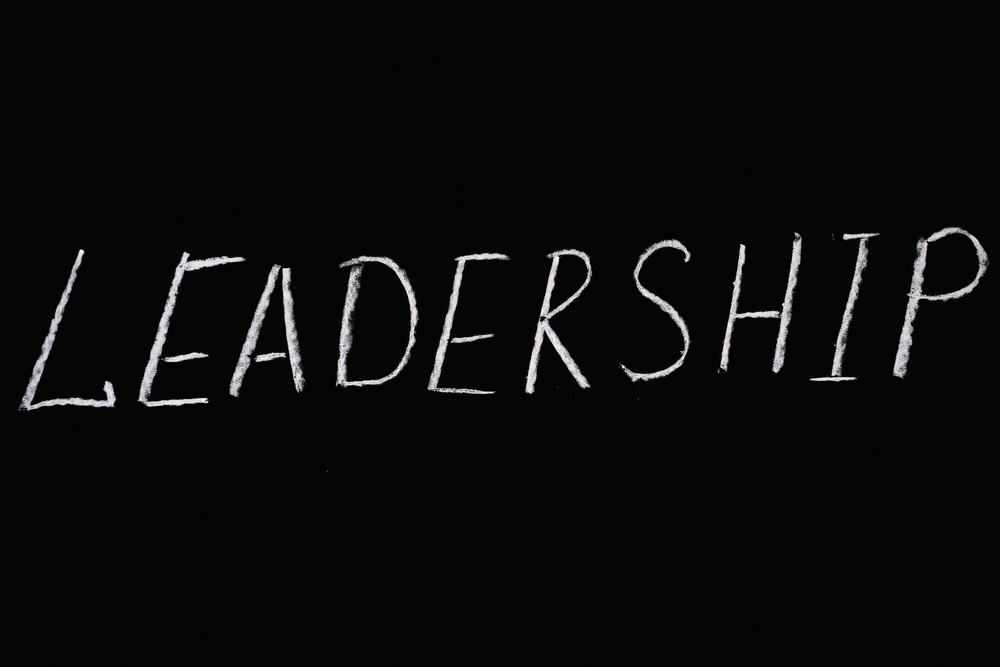Effective Leadership: Styles that Inspire Success

Effective leadership is the cornerstone of any successful organization. It has the power to transform a group of individuals into a cohesive, motivated, and high-performing team that can achieve remarkable results. However, leadership is not a one-size-fits-all concept. It comes in various styles, each with its unique approach and advantages. In this blog, we'll explore some of the most effective leadership styles and delve into their key attributes, benefits, and when they are best suited for different situations.
Transformational Leadership:
Transformational leadership is characterized by its ability to inspire and motivate followers to achieve more than they initially thought possible. Leaders who adopt this style are known for their vision, passion, and the ability to create a sense of purpose within the team. They encourage creativity, foster innovation, and empower individuals to take ownership of their work.
Key attributes:
Visionary and forward-thinking.
Excellent communication skills.
Emotionally intelligent and empathetic.
Encourages personal and professional growth.
Benefits:
Enhanced employee engagement and commitment.
Increased innovation and creativity.
Improved collaboration and teamwork.
Higher job satisfaction and morale.
Best suited for:
Industries where creativity and innovation are paramount, such as technology and design.
Organizations undergoing significant changes or transformations.
Servant Leadership:
Servant leadership centers around the idea that leaders exist to serve their team members. This style emphasizes empathy, humility, and a strong commitment to the well-being of employees. Servant leaders prioritize the needs of their team and work to remove obstacles that hinder their growth and success.
Key attributes:
Empathetic and approachable.
Strong listening skills.
Focuses on the development and well-being of team members.
Values collaboration and inclusivity.
Benefits:
Cultivates a positive and supportive work environment.
Builds trust and mutual respect between leaders and team members.
Enhances employee loyalty and retention.
Promotes a culture of continuous learning and growth.
Best suited for:
Organizations that value a people-first approach, such as healthcare and education.
Teams that require a high level of collaboration and mutual support.
Transactional Leadership:
Transactional leadership is based on a system of rewards and punishments. Leaders who adopt this style set clear expectations and provide rewards for meeting or exceeding goals, as well as consequences for failing to meet expectations. This approach is effective in maintaining structure and achieving short-term results.
Key attributes:
Clearly defined expectations and guidelines.
Performance-driven and results-oriented.
Utilizes rewards and recognition as motivational tools.
Monitors performance closely.
Benefits:
Provides clear direction and structure.
Efficient in achieving immediate goals.
Can be effective in environments that require strict adherence to protocols.
Best suited for:
Industries where adherence to established procedures is crucial, such as manufacturing and finance.
Situations where immediate results are needed to meet specific targets.
Democratic Leadership:
Democratic leadership involves including team members in decision-making processes. Leaders who embrace this style encourage open communication and value input from all members of the team. This approach fosters a sense of ownership, autonomy, and engagement among employees.
Key attributes:
Values collaboration and input from team members.
Encourages open dialogue and diverse perspectives.
Shares decision-making responsibilities.
Supports innovation and creativity.
Benefits:
Boosts employee morale and job satisfaction.
Enhances problem-solving through collective intelligence.
Promotes a culture of transparency and inclusivity.
Increases buy-in for organizational decisions.
Best suited for:
Creative industries where diverse perspectives lead to better outcomes, such as advertising and media.
Situations where decisions require input from various experts within the team.
Effective leadership is a dynamic and evolving concept that can be tailored to fit the unique needs of different organizations and teams. No single leadership style is universally superior; instead, the most effective leaders understand the strengths and limitations of each style and can adapt their approach based on the context and the people they are leading. By embracing the qualities of transformational, servant, transactional, and democratic leadership, leaders can create an environment that fosters collaboration, innovation, and growth, ultimately driving their teams towards greater success.